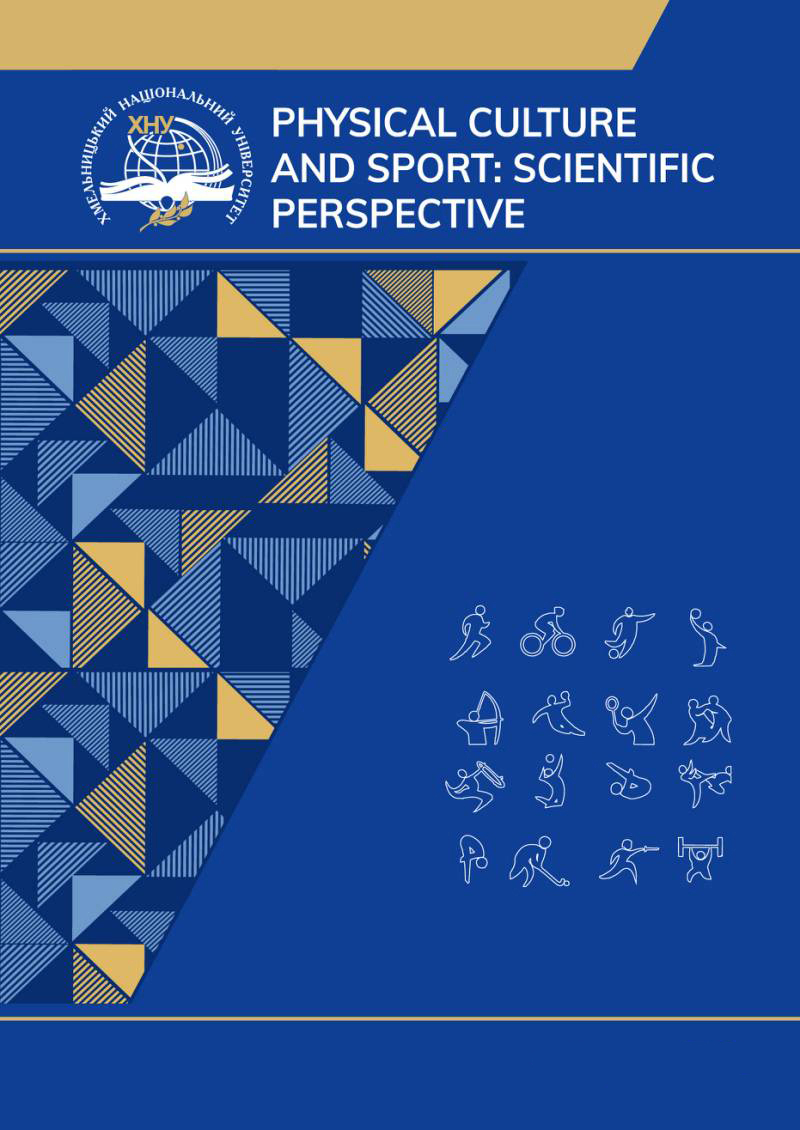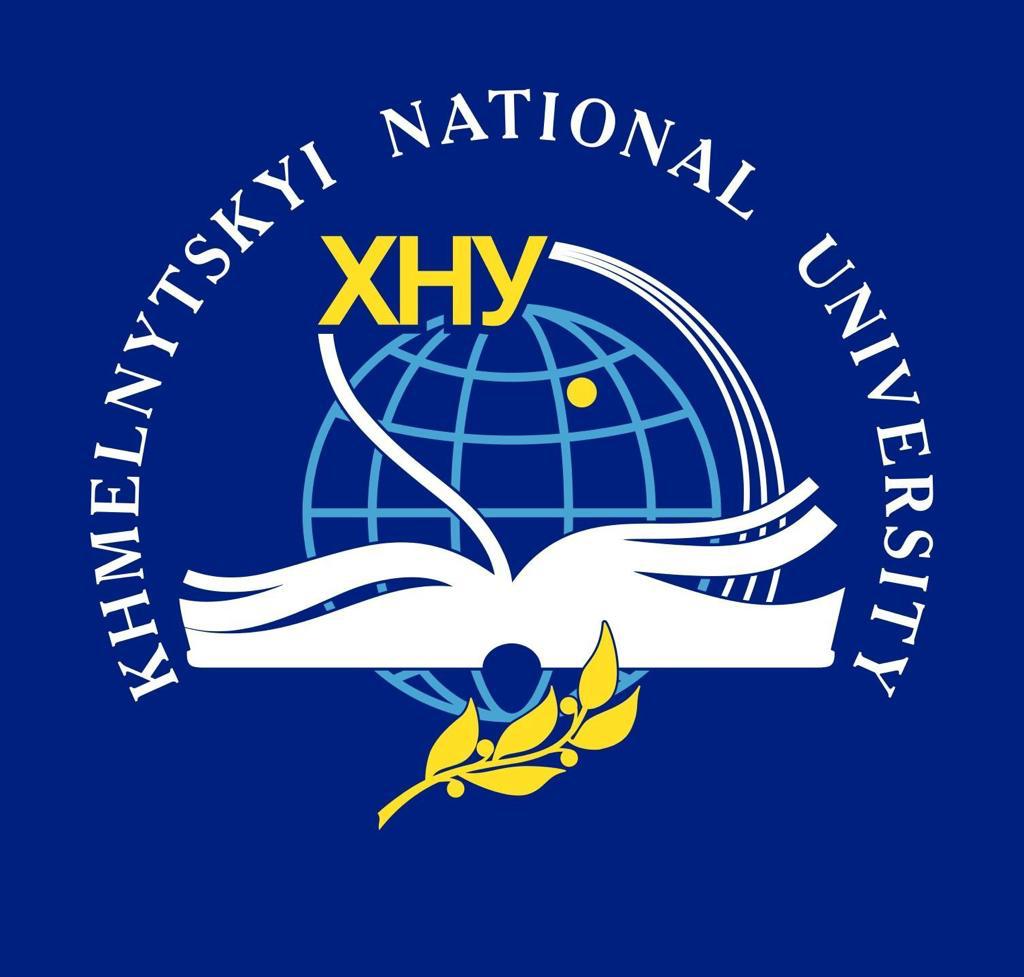EFFICIENCY OF THE REHABILITATION GAME SYSTEM IN THE PHYSICAL THERAPY OF PATIENTS AFTER ISCHEMIC STROKE
DOI:
https://doi.org/10.31891/pcs.2024.2.4Keywords:
stroke, upper extremity, game rehabilitation system, physical therapyAbstract
Today, in Ukraine, as well as in other countries of the world, there is a tendency towards an increase in the number of neurological diseases, in the structure of which acute disruption of cerebral blood circulation is the most relevant and socially significant. The purpose of the study: to determine the effectiveness of the rehabilitation game system in the occupationaltherapy of patients after an ischemic stroke. Research methods: theoretical analysis and generalization of scientific and methodological literature, functional tests of patient assessment (MOCA, Fugl-Meyer, Box&block, 9 hole peg test), pedagogical experiment, methods of mathematical statistics. Work results. The result of testing patients on the Montreal Scale of Cognitive Functions significantly improved over the course of the study by 9.65 points (p < 0.001) in patients with ischemic stroke. During the study, Fugl-Meir test scores improved significantly by 21.42 points (p<0.001) in patients with ischemic stroke mainly due to motor skills of the upper limb, improvement of motor symmetry and coordination. The result of the 9 hole peg test for the affected limb of the patient with ischemic stroke was significantly improved by 10.72 seconds (p<0.05), while for the unaffected limb - by 12.85 seconds (p < 0.05), which was statistically significant . According to the results of the repeated analysis of the Box&Blocs test indicators, it was not possible to record probable changes according to this test for any of the limbs, in particular, the indicator for the affected limb improved by 6.22 blocks (p > 0.05), for the unaffected one - by 10.07 blocks (p> 0.05). Conclusions. Thus, game rehabilitation systems are effective tools for improving motor functions, coordination and cognitive processes in patients with ischemic stroke. They may also provide new opportunities for research on motor learning and neuroplasticity in the context of rehabilitation.
References
Almhdawi K.A., Mathiowetz V.G., White M. & delMas R.C. (2016). Efficacy of Occupational Therapy Task-oriented Approach in Upper Extremity Post-stroke Rehabilitation. Occup Ther Int. Vol. 23(4), 444-456. DOI: 10.1002/oti.1447
Charles D., Holmes D., Charles T. & McDonough S. (2020). Virtual Reality Design for Stroke Rehabilitation. Adv Exp Med Biol. Vol. 1235, 53-87.
Cheng Y.Y., Shu J.H., Hsu H.C., Liang Y., Chang S.T. & Kao C.L. (2017). The Impact of Rehabilitation Frequencies in the First Year after Stroke on the Risk of Recurrent Stroke and Mortality. J Stroke Cerebrovasc Dis. Vol. 26(12), 2755-2762. DOI: 10.1016/j.jstrokecerebrovasdis.
Ikbali Afsar S., Mirzayev I., Umit Yemisci O. & Cosar Saracgil S.N. (2018). Virtual Reality in Upper Extremity Rehabilitation of Stroke Patients: A Randomized Controlled Trial. J Stroke Cerebrovasc Dis. Vol. 27(12), 3473-3478.
Paul F.M.J. Verschure, Francisco Páscoa dos Santos & Vivek Sharma. (2023). Redefining stroke rehabilitation: Mobilizing the embodied goal-oriented brain. Current Opinion in Neurobiology. Vol. 83.
Tieri G., Morone G., Paolucci S. & Iosa M. Expert Rev Med Devices. (2018). Virtual reality in cognitive and motor rehabilitation: facts, fiction and fallacies. Vol. 15(2), 107-117.
Wang L., Chen J.L., Wong A.M.K., Liang K.C. & Tseng K.C. Game-Based Virtual Reality System for Upper Limb Rehabilitation After Stroke in a Clinical Environment: Systematic Review and Meta-Analysis. Games Health J. Vol. 11(5), 277-297.





